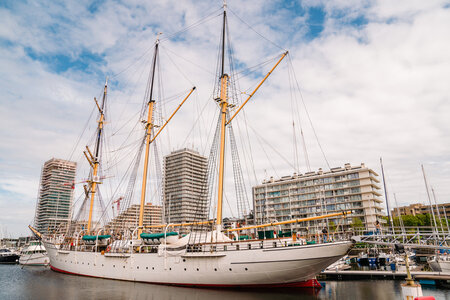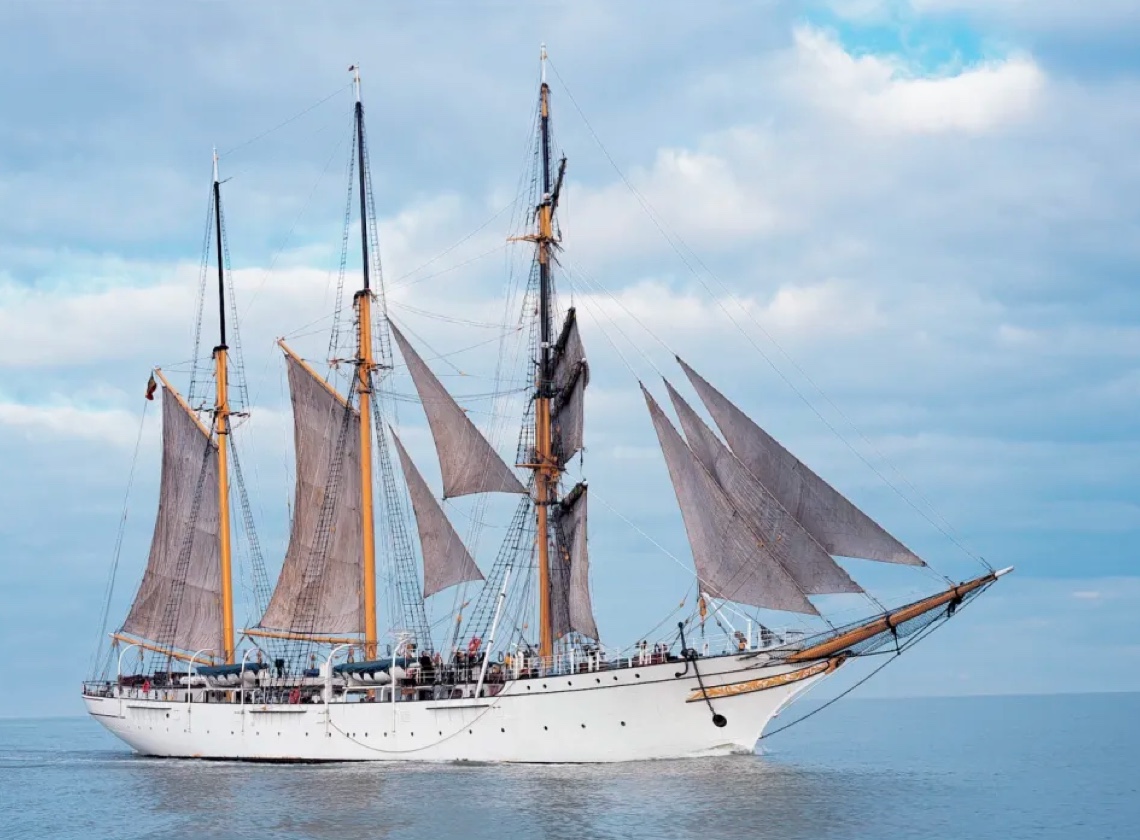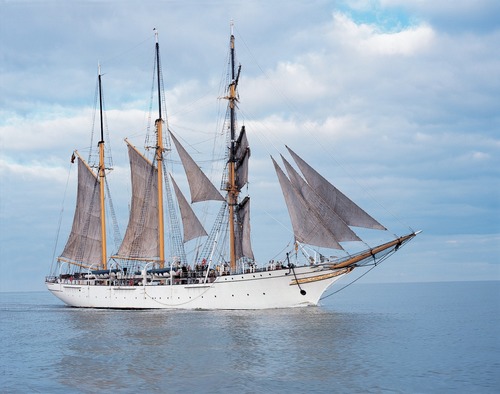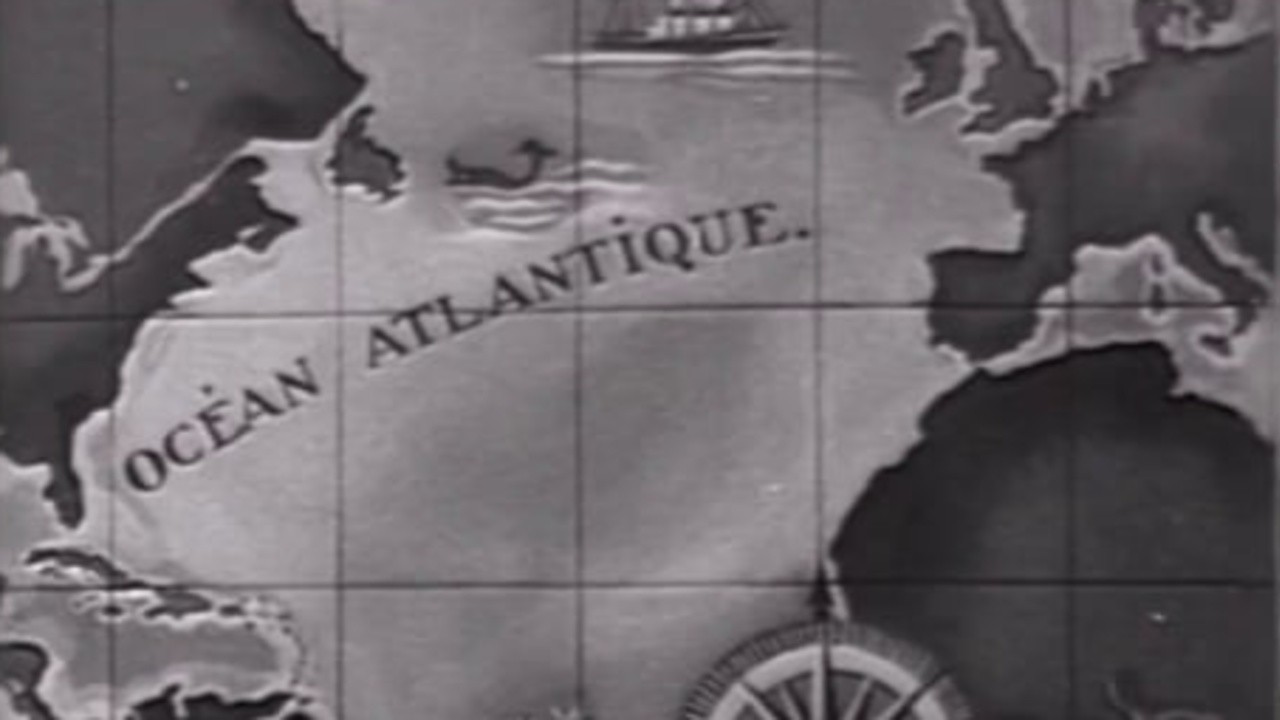I found an interesting old film - unfortunately without the statues, but nice - lifting the anchor with the capstan, rising sails etc.
and another one Mercator passing Panama chanel
It seems, that the fotographer and also film-maker John Fernout with Henri Stock made a documentary film with 23min length about the visit to the easter island
EASTER ISLAND
L'ÎLE DE PÂQUES
Regie von
John Fernhout,
Henri Storck
Frankreich, Belgien, 1934
Dokumentarfilm, Kurzfilm
DARUM GEHT'S:
The first Easter Island documentary, filmed in 1935 when the Belgian naval ship Mercator came to collect Drs. Henri Lavacherry and Alfred Métraux, who had arrived six months before to carry out archaeological and ethnological work
This film could be very interesting for additional information - I could not find it until now
The first Easter Island documentary, filmed in 1935 when the Belgian naval ship Mercator came to collect Drs. Henri Lavacherry and Alfred Métraux, who had arrived six months before to carry out archaeological and ethnological work.

mubi.com
This is an account of a Franco-Belgian scientific mission on board the training ship Mercator.
The narrative has a very classical structure. Against the backdrop of a map of the world a very simple commentary describes the island and gives a brief account of its geographical and historical situation. Then, from the arrival to the departure of the archaeological explorers, the film is composed of a series of sequential blocks organised for maximum dramatic effect. The first shows the famous statues and their mystery, the graffiti, inscriptions on the rocks, the discovery of caves. The second is devoted to the island as it is now: the poverty of the inhabitants, their fervent Catholicism, the presence of leprosy and the lepers’ house, the portrait of a sculptor who carries on the tradition of the statues and his mother, mineralised by age, more wrinkled than all the Hercynian folds in the rocks, a celebration and its traditional dances. Finally, the third part shows how, after receiving one of the colossal heads as a gift from the Chilean government, the crew carts it to the seashore then hoists it on board the ship. This part has the epic pace of collective effort, which puts one in mind of Eisenstein’s style. Between the famous past and the miserable present, the film draws the portrait of an island where sensationalism gives way to humanity.
Reporting and camera : John Fernhout
Commentary text : Henry Lavachery (head curator of the Musées d’art et d’histoire de Belgique, Belgian representative to the Franco-Belgian archaeological expedition to Easter Island) and Alfred Métraux.
Editing : Henri Storck
Music : Maurice Jaubert
Voice : Maurice Jaubertµ
Pathé recording in Joinville-le-Pont. Marconi system
Production : CEP under the direction of Henri Storck
35mm/B and W/26’/1935
To wach the film please send an email to
info@fondshenristorck.be, ask the password

fondshenristorck.be








